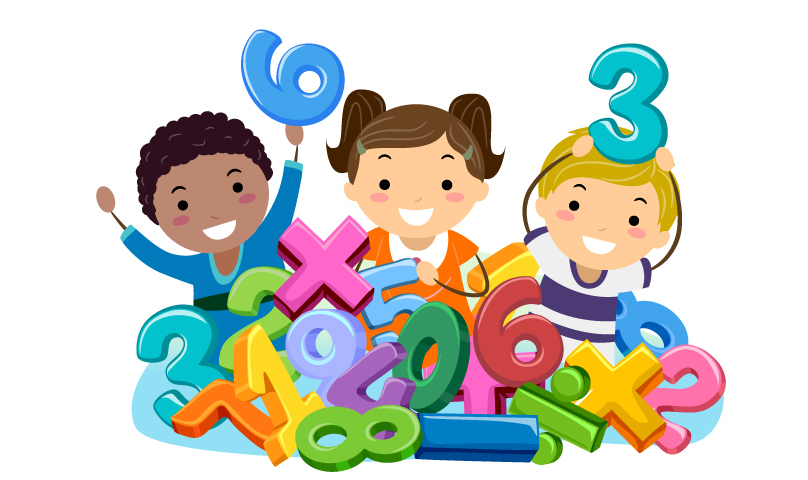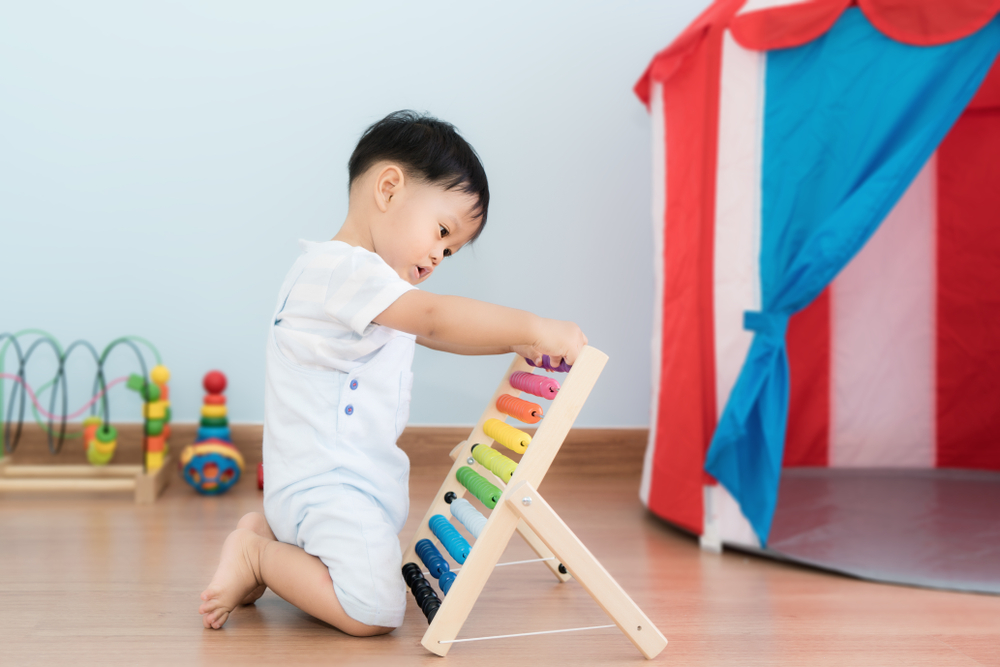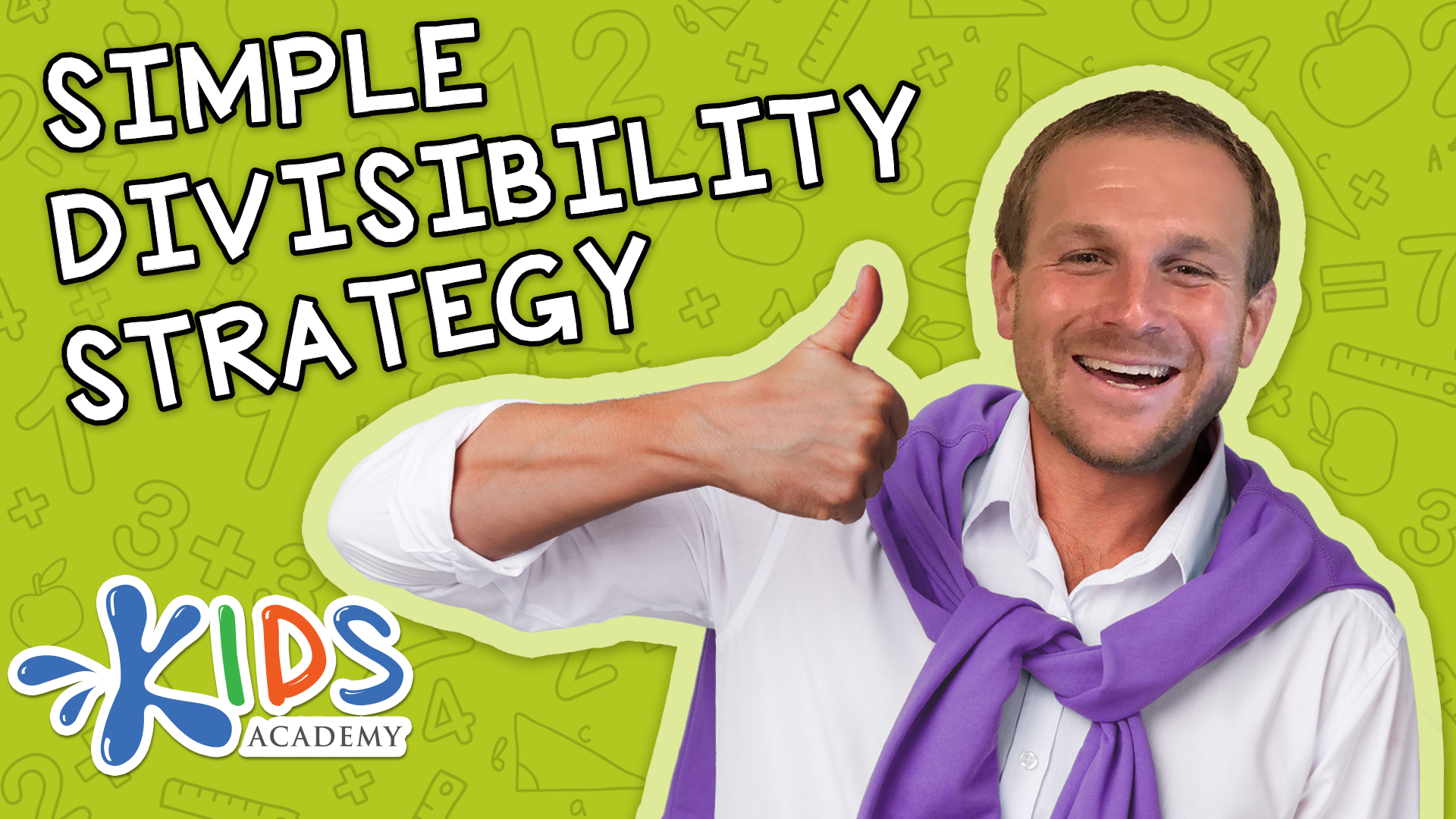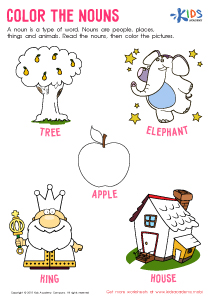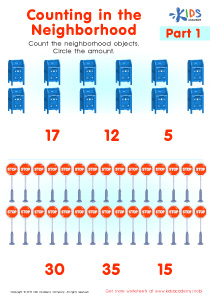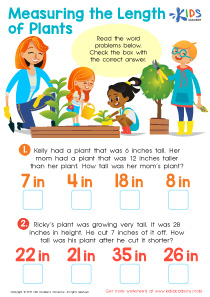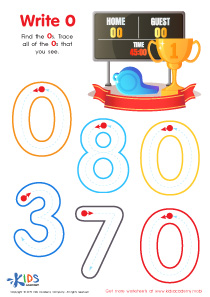Basic Addition Easy Numbers 0–10 Worksheets for Ages 6-8
12 filtered results
-
From - To
Welcome to our "Basic Addition Easy Numbers 0–10 Worksheets" page, designed specifically for ages 6-8! These engaging worksheets provide fun and interactive ways for young learners to master the fundamental skill of addition. With a focus on numbers ranging from 0 to 10, children will practice adding through colorful illustrations and entertaining exercises. Each worksheet is crafted to enhance your child’s math skills, boost their confidence, and foster a love for learning. Ideal for classroom or home use, our resources align with educational standards, ensuring a comprehensive understanding of basic addition. Start your child’s math journey today!
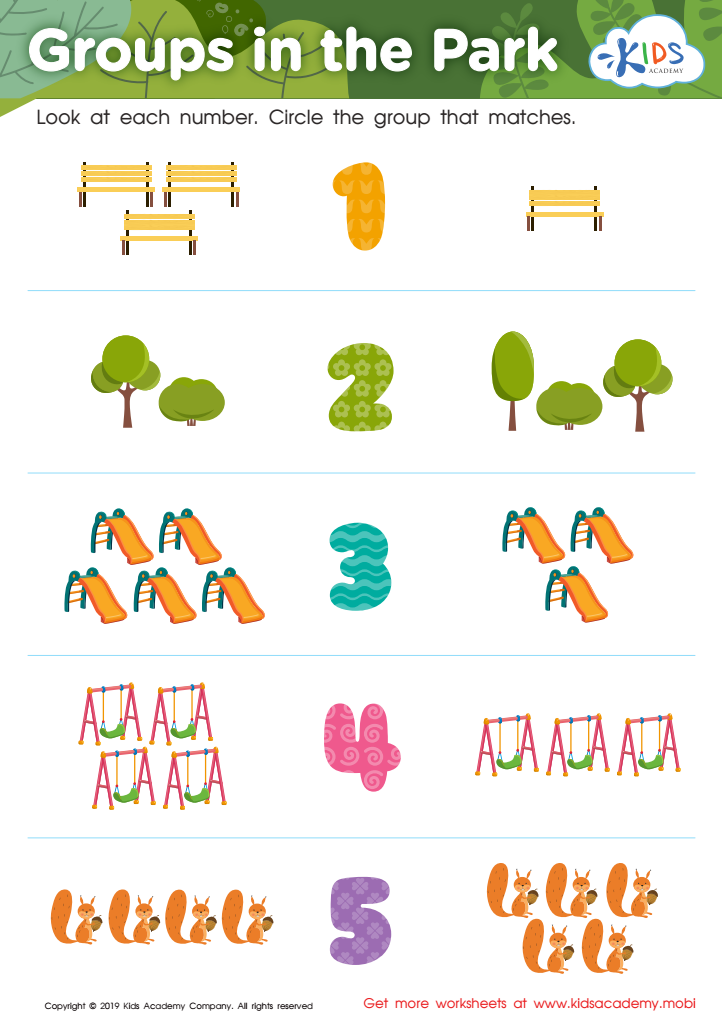

Groups in the Park Worksheet


Counting Spots Worksheet
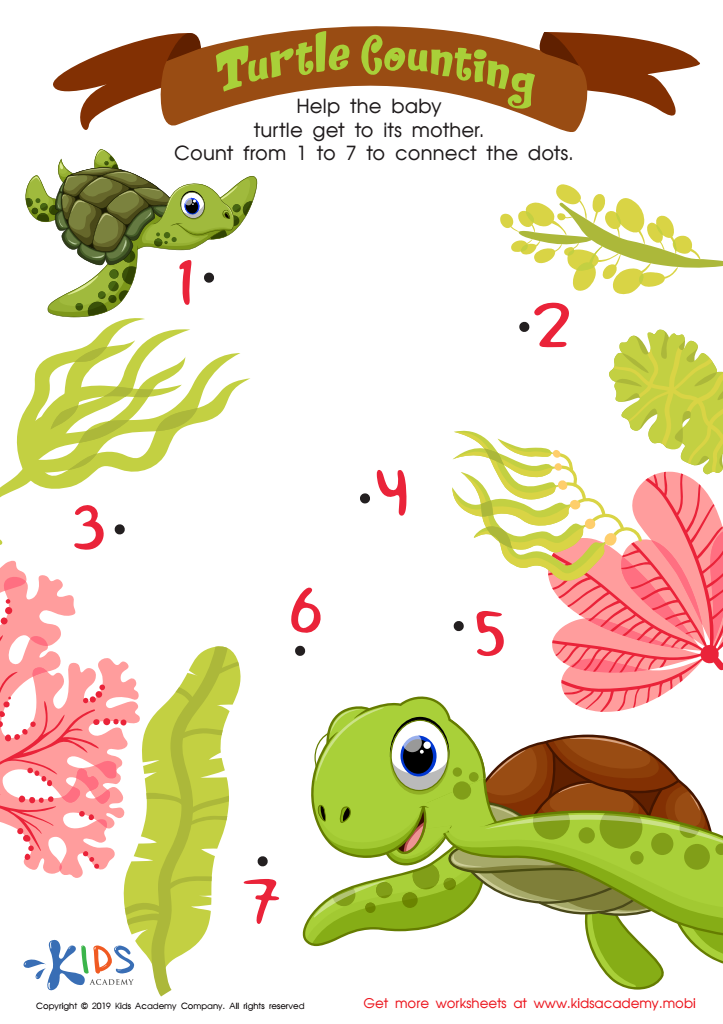

Turtle Counting Worksheet
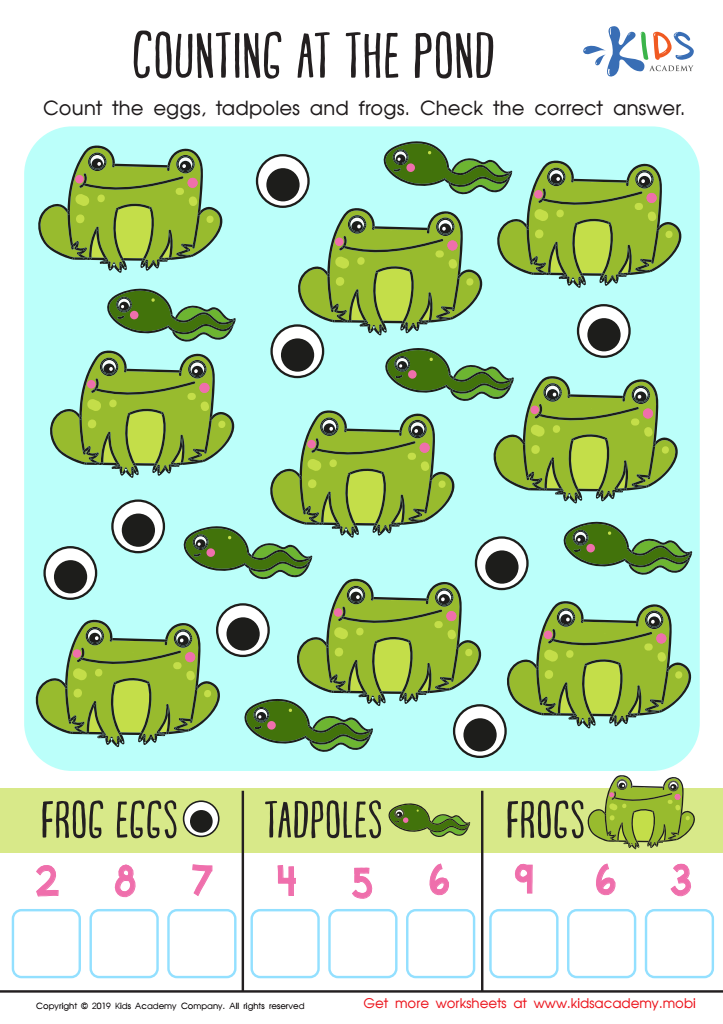

Counting at the Pond Worksheet


Count up to 7 Worksheet
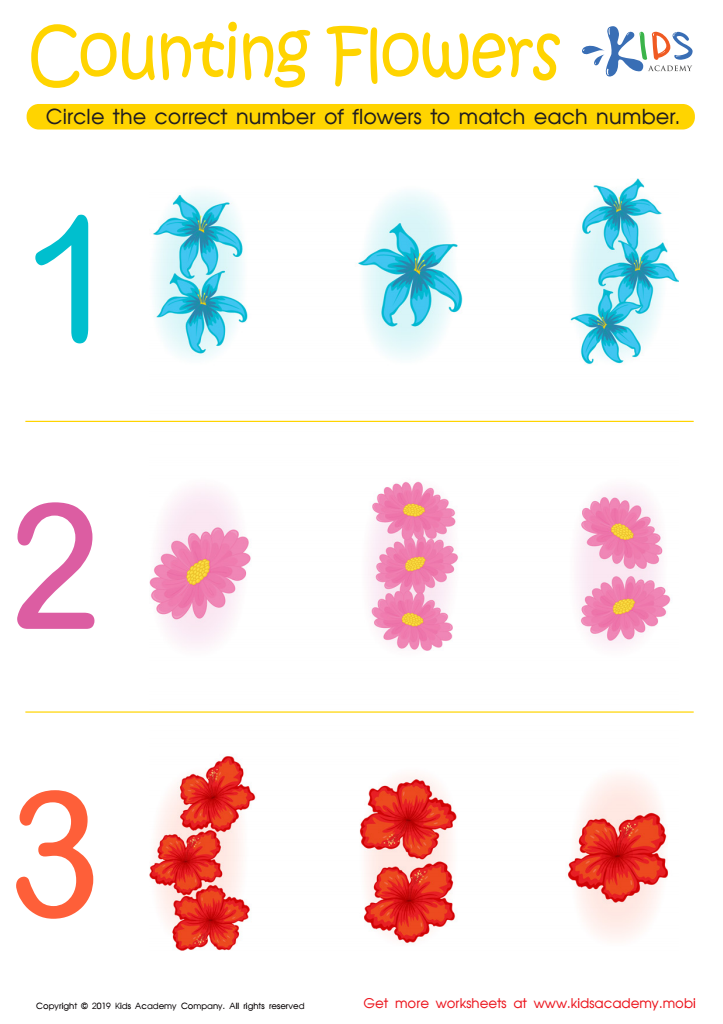

Counting Flowers Worksheet


Who Has 1 More? Worksheet
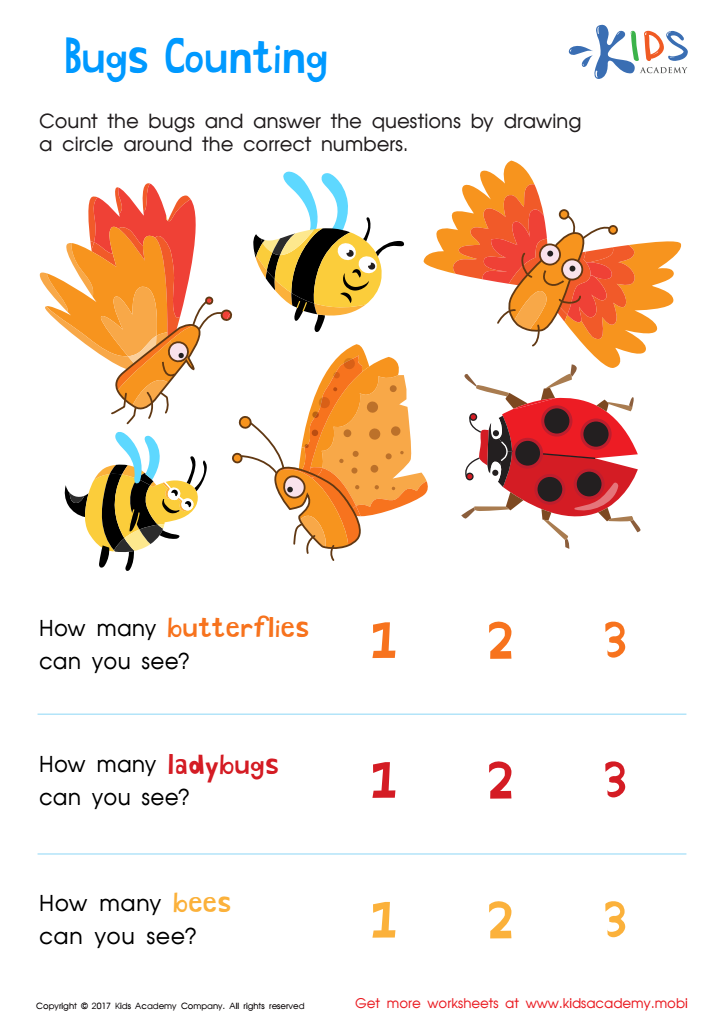

Bugs Counting Worksheet


Enrichment: High Fives with Friends! Worksheet
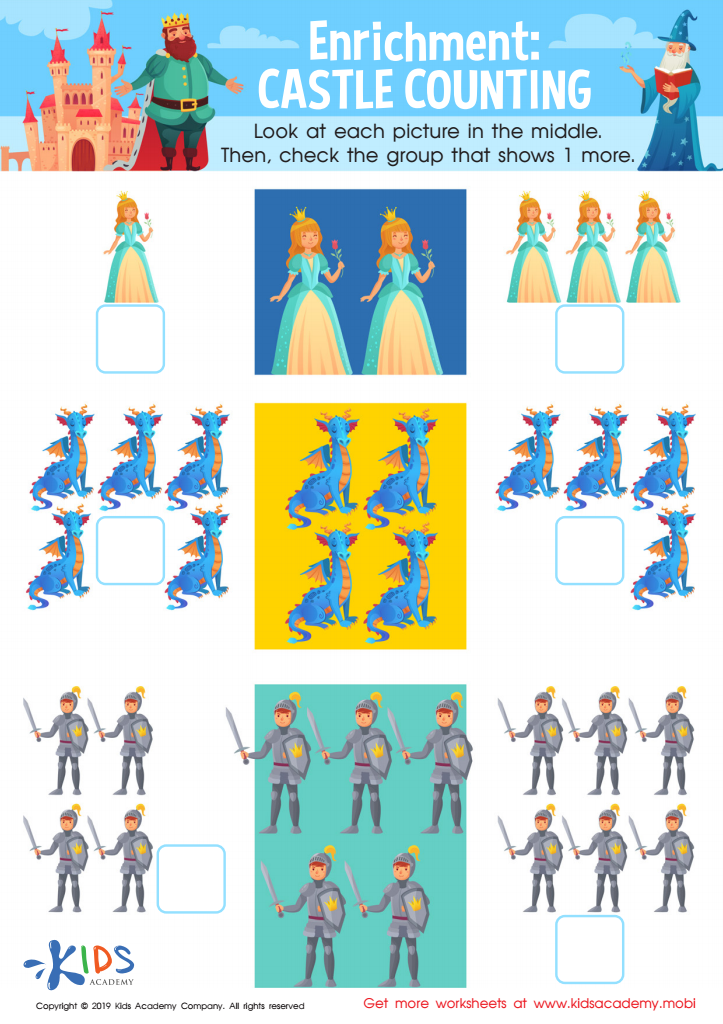

Enrichment: Castle Counting Worksheet
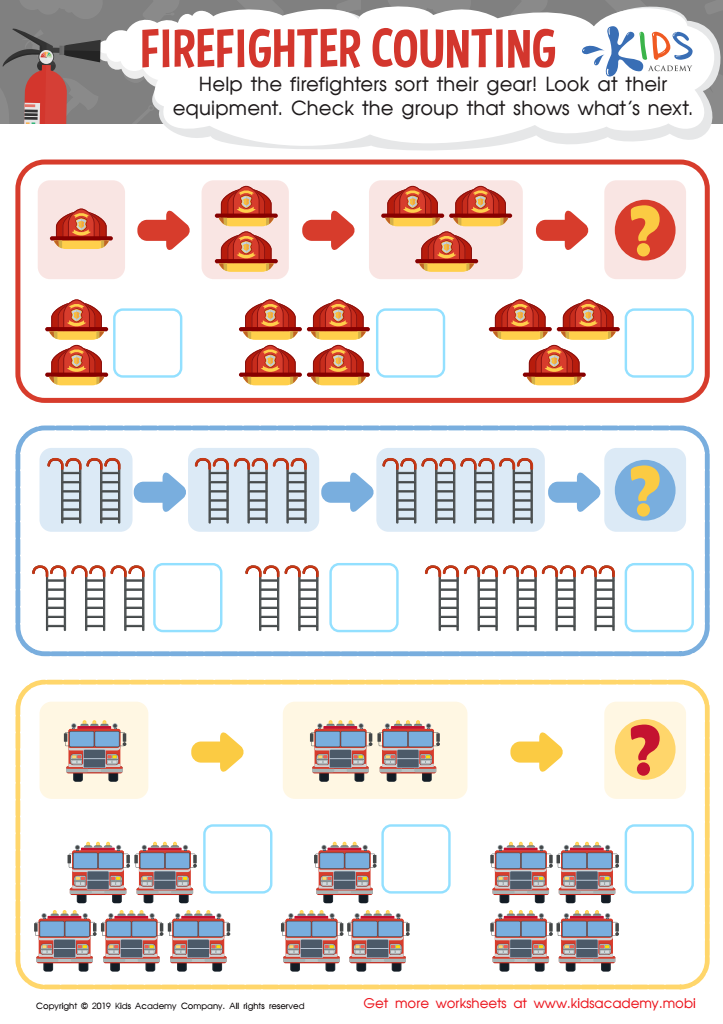

Firefighter Counting Worksheet
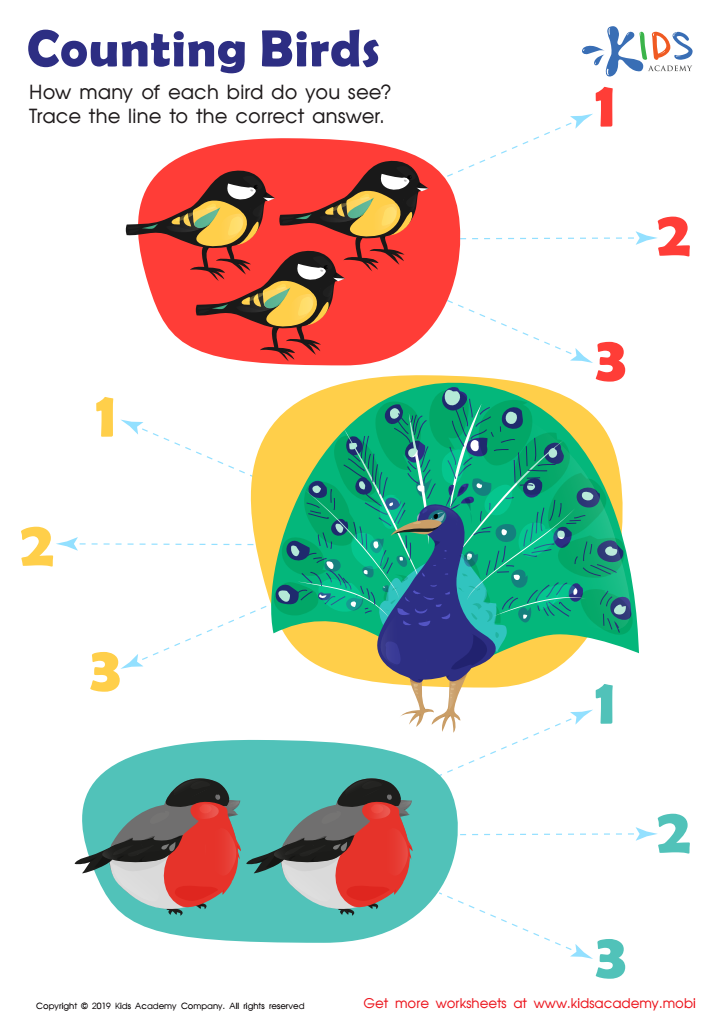

Counting Birds Worksheet
Parents and teachers should care about teaching basic addition of easy numbers (0-10) for children ages 6-8 for several key reasons. First, mastering basic addition is foundational for all future mathematics learning. At this young age, children are developing critical thinking and problem-solving skills that set the stage for more complex concepts later on. Understanding how to manipulate simple numbers helps reinforce these essential cognitive abilities.
Additionally, teaching addition in this age group promotes numeracy skills that are crucial for everyday life. Children will encounter situations requiring quick mental calculations, such as counting objects, handling money, or measuring ingredients in cooking.
Moreover, learning basic addition fosters confidence and a positive attitude towards math. By achieving success with simple addition, children build resilience and a growth mindset—qualities that will benefit them as they face more challenging subjects in school.
Engaging themes and hands-on activities enhance learning and make math fun. Both parents and teachers play vital roles in nurturing a supportive environment, paving the way for children to develop a love for math. Ultimately, focusing on simple addition equips children not just with arithmetic skills, but a lifelong appreciation for numbers and logical reasoning.
 Assign to My Students
Assign to My Students



